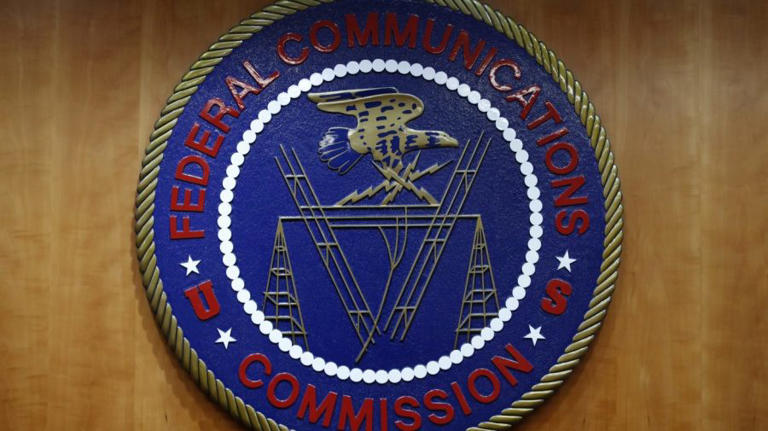
From time-to-time, important technologies merge and change the world forever. This is what happened when cellphone, internet, digital camera and GPS technologies merged into today’s smartphones.
Smartphones were less the invention of a new technology than an economic and engineering innovation that integrated technologies previously considered quite separate. We may be on the verge of the next major technology integration with the merger of satellite communications (satcom) with cellular communications (cellcom).
Earlier this year, the Federal Communications Commission (FCC) opened a complex, far-reaching proceeding in which it proposes to integrate satellite and cellular communications in a way that would allow smartphones to communicate through either a cell tower or a satellite. The proceeding is revolutionary because it proposes to integrate what has until now been considered two utterly different technologies and completely separate regulatory environments.
As recently as the 1990s, it could have been compared to combining a freezer with an oven or a hunting license with a driver’s license. This initiative would classify satcom using one’s smartphone as a “supplement” to one’s cellular service when no cell service is available. I believe, however, that it represents only the first step in the merger of these two important technologies.
This results from dramatic changes in the technologies, economics and applications of both satellite and cellular communications. Over time, it opens the possibility of redefining how we think about engaging in every online activity, from social media to telephone, video, browsing, email and online shopping, banking, voting, gaming and more. To understand why this is difficult and important, we need to understand why cellular and satellite communications have been considered so different.
Communications satellite and cellular communications technologies have both been around for decades but viewed as entirely separate from each other. (Full disclosure: I am author of a textbook on the history of mobile satellite communications.) Due largely to America’s space race with the Soviets and the role of satellite-based communications in America’s global military footprint, satcom entered military and commercial services in the 1960s mainly to link fixed satellite dishes located thousands of miles apart.
The technology consists of terminals on the ground sending and receiving voice, data and video to and from a satellite in orbit overhead. One type of satellite technology consists of large satellites in a very high (22,000-mile-high) orbit where the satellites appear to be fixed stationary in the sky; while another technology uses smaller satellites in low (200-500 mile-high) orbits, where the satellites appear to be moving across the sky.
Satcom historically required very expensive rockets to place each satellite in orbit, enormous and expensive satellites and powerful two-way radios both on the ground and in orbit. Because satellites simultaneously transmit to and from many nations, from the outset, their radio frequencies and orbital slots have been coordinated and licensed by the United Nation’s International Telecommunications Union (ITU.)
Click here to read the full article on MSN.com.